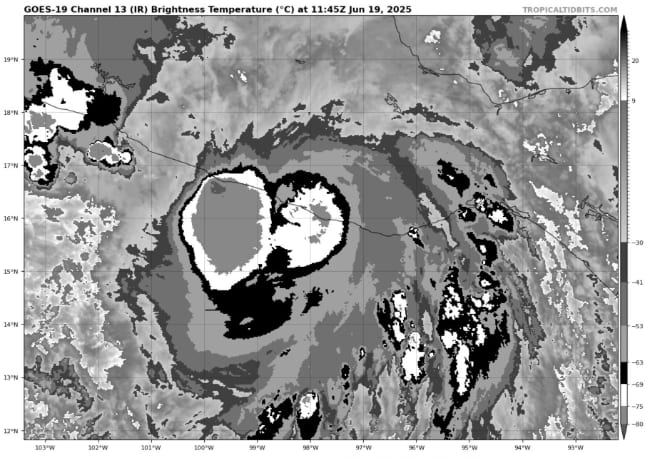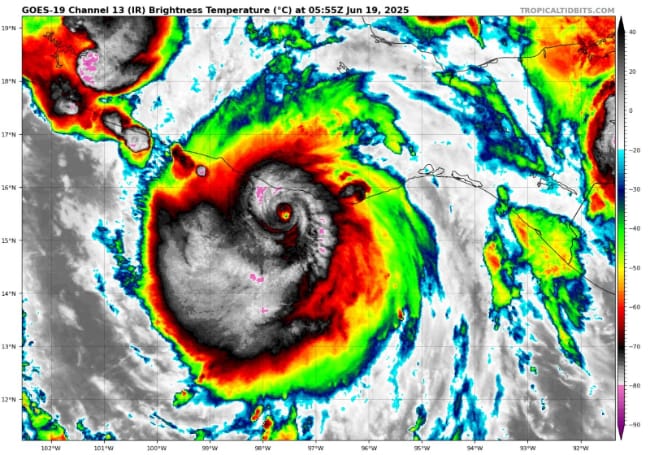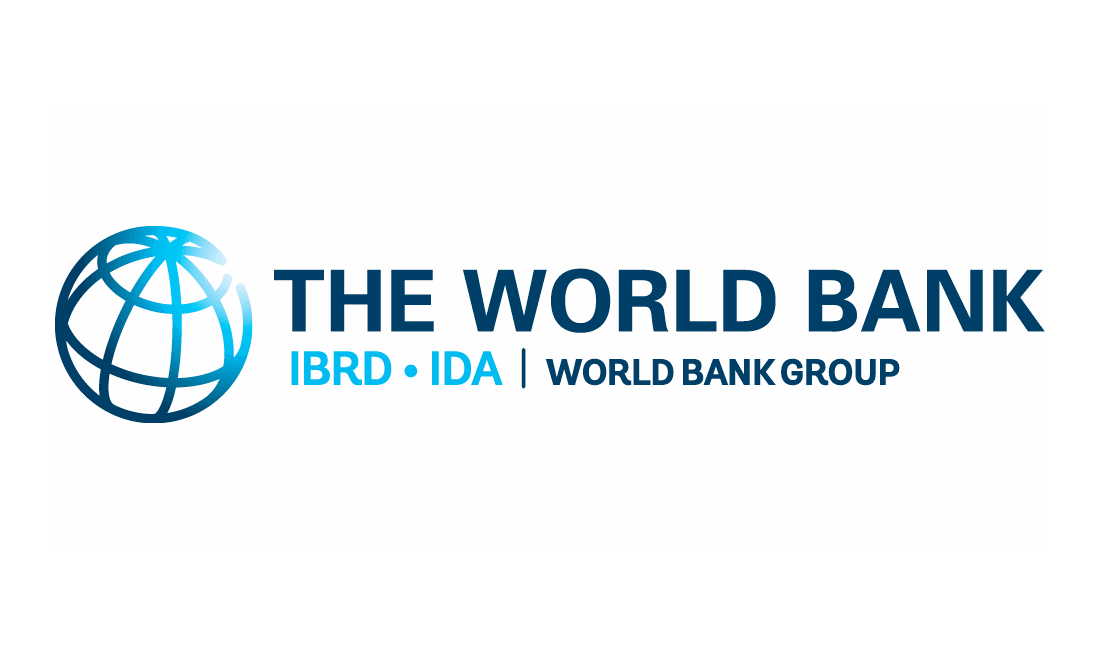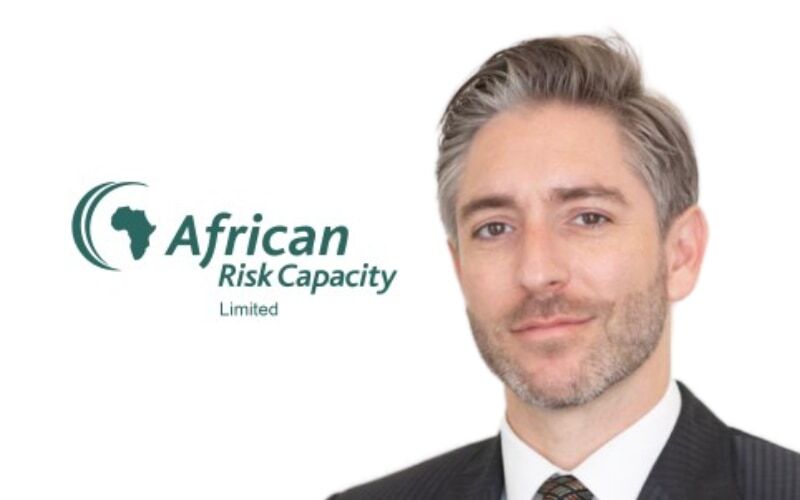This content is copyright to www.artemis.bm and should not appear anywhere else, or an infringement has occurred.
SV SparkassenVersicherung (SV) is setting its sights on future catastrophe bond activity after making its market debut earlier this year with the $100 million Liongate Re DAC issuance, a landmark deal co-sponsored with Japan’s Zenkyoren.
 According to SV Chief Financial Officer (CFO) Roland Oppermann, the transaction not only overcame long-standing barriers for the regional German insurer but also paved the way for future capital markets engagement.
According to SV Chief Financial Officer (CFO) Roland Oppermann, the transaction not only overcame long-standing barriers for the regional German insurer but also paved the way for future capital markets engagement.
As Artemis previously reported, the debut Liongate Re DAC catastrophe bond was successfully priced and finalised to provide Japanese mutual Zenkyoren with $100 million in aggregate earthquake reinsurance on an indemnity trigger basis, while also providing a source of German parametric triggered quake reinsurance cover for SV SparkassenVersicherung.
Speaking to Artemis, Oppermann described how the German regional insurer overcame pricing, reputation, and structural hurdles by collaborating with Zenkyoren, Japan’s largest mutual insurer, to co-sponsor a joint cat bond.
Firstly, we asked Oppermann to explain what the key drivers behind SV’s decision were to sponsor its first catastrophe bond.
“It didn’t come suddenly. We had been thinking about issuing a catastrophe bond for quite some time. I’ve been with SV for eleven years now, and I think we seriously considered it three times during that period,” Oppermann said.
“Each time, we ended up not pursuing it because we saw a significant price gap between traditional reinsurance and issuing a cat bond, especially in Europe. That gap tends to be larger here than in the U.S. or Asia.”
A key factor that Oppermann highlighted is that SV didn’t have a reputation in the capital markets, and there’s often an additional cost associated with being new sponsor.
“So, we asked ourselves: is there a way to do this together with a well-established partner? We had some experience in the Japanese market already and were looking for partners on the traditional reinsurance side. That’s when we began discussions with Zenkyoren,” the CFO went on.
“Initially, we talked about exchanging risk: they would take on our earthquake exposure and we would take on theirs. That would have given both of us diversification. But from a regulatory perspective, Japanese mutuals aren’t allowed to sign foreign risks, so that idea wasn’t feasible.”
“Still, the conversations with Zenkyoren continued, and we realized there were a lot of similarities between our organizations. They are restricted to operating in Japan; we’re restricted to a part of Germany. So, both of us have high concentration risk and little geographic diversification. They come from the mutual insurance space; we come from the public sector insurance side and are not publicly listed as well. But we share a similar mindset, both are very traditional, very conservative institutions.
“So that sparked the idea of working together, and ultimately led to what I think is a very innovative joint bond.”
We’ve previously explained that this new cat bond is innovative for two reasons. Firstly, as we understand it is the only catastrophe bond to ever provide parametric earthquake protection covering risks in Germany and a very rare European parametric quake deal in catastrophe bond, or similar, format.
Secondly, is the way it has provided a shared limit for two ceding beneficiaries, one being Japanese mutual Zenkyoren, the second being SV SparkassenVersicherung with that reinsurance limit also being shared across an indemnity aggregate cover and a parametric cover as well.
“Zenkyoren has one of the largest reinsurance programs for elemental perils globally, and they have a lot of experience in issuing catastrophe bonds. Their Nakama Re series is a well-established structure in the market,” Oppermann further explained.
“The concept was that we would effectively replace part of their Nakama Re bond. The risk profile that Zenkyoren would have issued in Nakama Re, we took over in a traditional reinsurance contract from them. We then placed that same risk profile into our bond and added our own earthquake risk in Germany.”
“The bond includes two risk components. Zenkyoren’s Japanese risk, which is structured on an indemnity basis, and our German earthquake risk, which we chose to structure parametrically.”
The CFO continued: “We went with a parametric model because we wanted to make the cat bond easier for investors to assess. Since this was our first issuance, we didn’t want to overwhelm the ILS community with complexity. Parametric structures tend to be well understood and well-liked by cat bond investors. They offer transparency and simplicity.”
Oppermann believes the partnership route could appeal to other insurers in a similar position.
“This structure was a win-win: for us, for Zenkyoren, and for investors. It may be a model for how smaller insurers can enter the ILS space, by teaming up, aligning risk, and presenting something that’s both innovative and familiar.”
The Liongate Re DAC catastrophe bond also arrived amid broader conversations in Germany about insuring against elemental perils, particularly in the wake of major flood events like Bernd. Should mandatory coverage be introduced, SV sees potential to extend its ILS involvement.
“If the market needs more reinsurance capacity, we’re now better positioned,” Oppermann said.
“We’ve built the relationships, we understand the process, and we’re no longer new to the capital market.”
And finally, Oppermann revealed to Artemis whether there are other perils that SV might consider covering in future ILS transactions.
“Yes, we’re certainly considering that. In Germany, there’s an ongoing political discussion about introducing mandatory insurance for elemental perils. Events like the Ahr flood, which was one of the largest heavy rainfall disasters in Europe, highlighted just how underinsured the country is for those risks,” the CFO explained.
“For us, it’s good that we already have a first step into the ILS market. If that demand for reinsurance materialises, we’re in a position to return to the capital markets, potentially placing elemental perils as part of our program,” he concluded.
As a reminder, you can read all about this new Liongate Re DAC catastrophe bond and every other cat bond deal in the extensive Artemis Deal Directory.
Read all of our interviews with ILS market and reinsurance sector professionals here.
SV SparkassenVersicherung eyes future cat bonds after Liongate Re debut: CFO was published by: www.Artemis.bm
Our catastrophe bond deal directory
Sign up for our free weekly email newsletter here.

 As we had reported, Erick rapidly intensified into a major hurricane as it approached landfall on Mexico’s Pacific coast, which for a time put the World Bank facilitated $175 million IBRD CAR Mexico 2024 (Pacific) parametric catastrophe bond on-watch.
As we had reported, Erick rapidly intensified into a major hurricane as it approached landfall on Mexico’s Pacific coast, which for a time put the World Bank facilitated $175 million IBRD CAR Mexico 2024 (Pacific) parametric catastrophe bond on-watch.






